ArticlesDive into our thought-provoking insights.
- All
- Business Agility
- Business Change
- Business Coaching
- Business Transformation
- Collaboration
- Complexity
- Interview
- Leadership
- Personal Growth
- Strategy
- Workplace Culture
-

4 June 2025
219
6 Misconceptions About Our Work
Read more
-

3 June 2025
153
The Empathy Gap: Why Leadership Development Must Start With Our Humanity
Read more
-

21 May 2025
148
How To Encourage Self-Relfection as a Leader
Read more
-

21 May 2025
122
A Leader’s Approach to Busting Silos
Read more
-
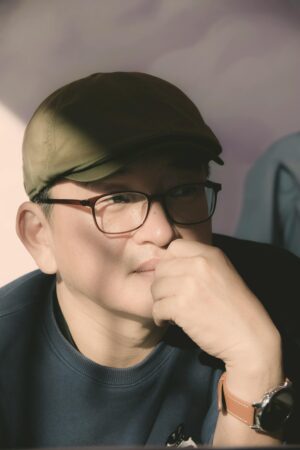
9 December 2024
145
The Emotional Growth Cycle for Leaders
Read more
-

6 December 2024
342
The True Impact of a Leader? You can see it in their team.
Read more
-

5 December 2024
265
Wellbeing at Work: Is Leadership the Missing Element?
Read more
-

5 December 2024
265
How to Get Unstuck
Read more
-
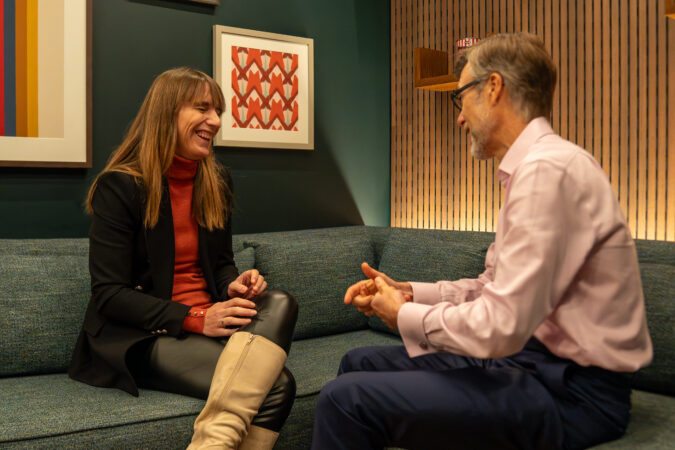
5 December 2024
226
5 Benefits of Leadership Coaching
Read more
-
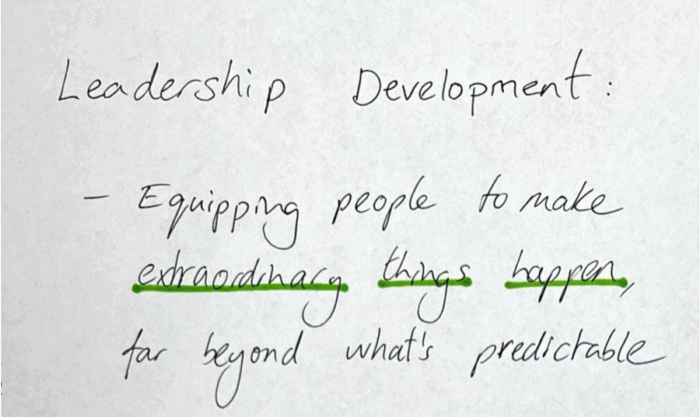
5 December 2024
260
Leadership Development: A Definition
Read more
-
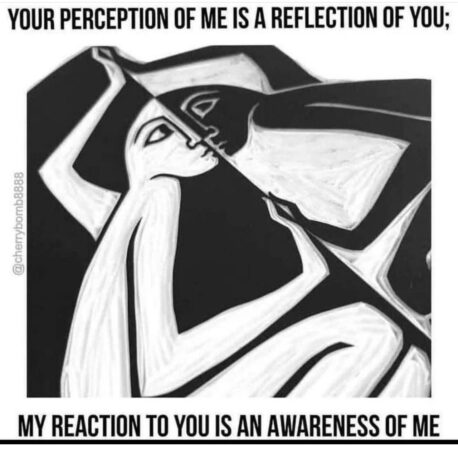
5 December 2024
357
My Perception of You is a Reflection of Me
Read more
-

5 December 2024
253
Do I Really Need a Business Coach?
Read more
-
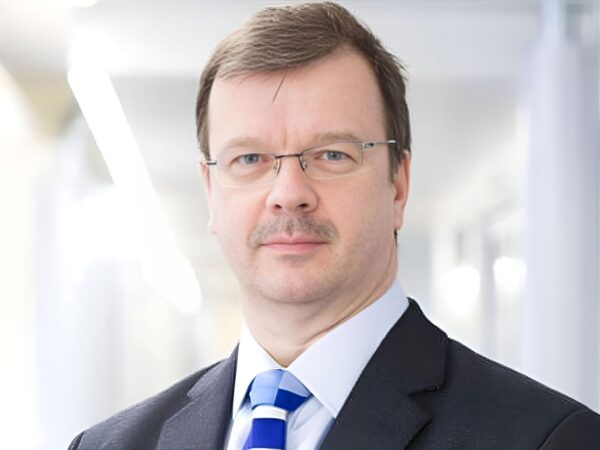
15 October 2024
1032
In Memory of Ian Bradshaw – Leadership Lessons From the Chemotherapy Ward
Read more
-

19 September 2024
346
The Letting Go of Great Leadership
Read more
-
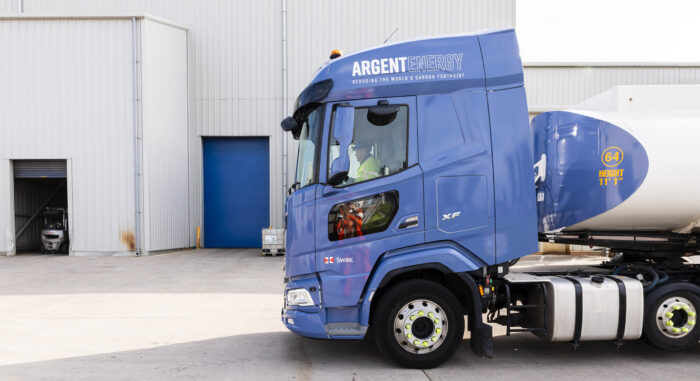
5 September 2024
537
Our Amazing Clients – Argent Energy
Read more
-

20 June 2024
737
From Expert to Leader
Read more
-

3 May 2024
598
The Feeling Leader
Read more
-

8 March 2024
1775
Transformation at John Lewis: Listening and Agile Thinking Breaks Barriers
Read more
-

1 March 2024
852
The Speech Act: How Leaders Make Things Happen
Read more
-

12 February 2024
774
Why Not to Bring Your Whole Self to Work
Read more
-
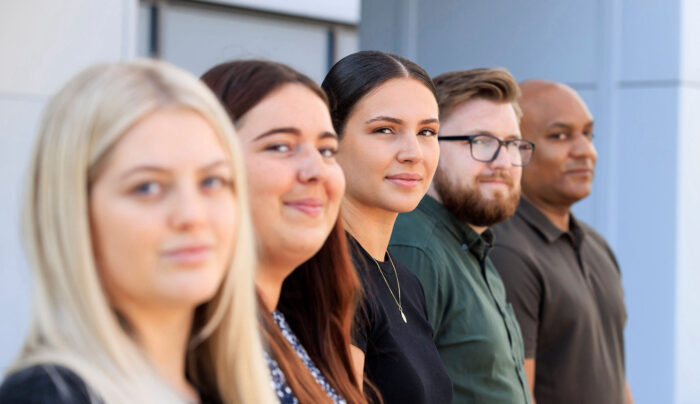
29 January 2024
1527
Our Amazing Clients – Fittleworth Medical
Read more
-
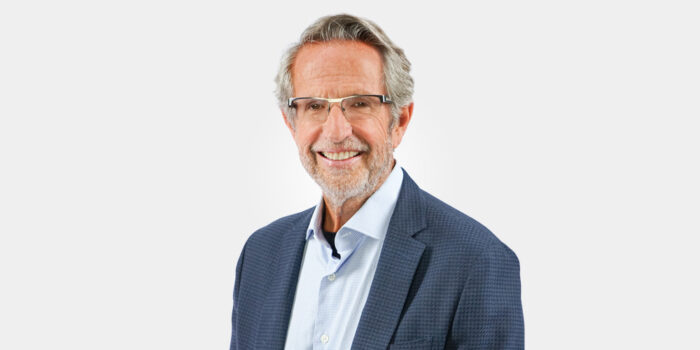
18 December 2023
1796
Profile: Bob Chapman, CEO and champion of Whole Human Leadership
Read more
-

5 November 2023
1572
Unleashing Your Potential: Triumphing Over Limiting Beliefs
Read more
-
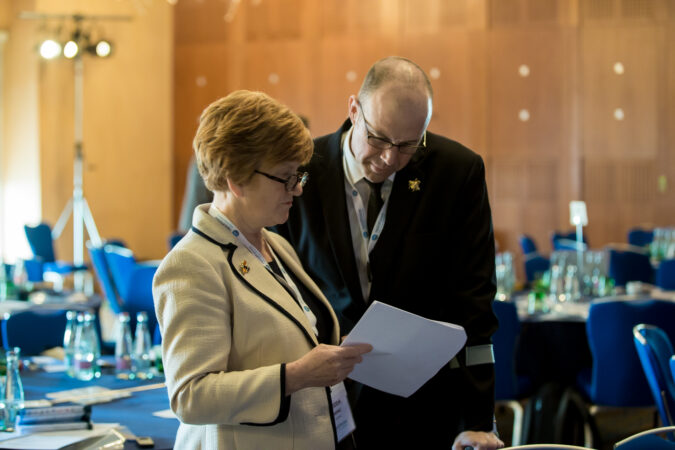
10 October 2023
1654
The Myth of ‘Great Leadership’
Read more
-

6 July 2023
701
Empowerment: rocket fuel for organisations
Read more
-

18 October 2022
802
Why Meditate?
Read more
-

20 March 2022
1425
Are you leading or interfering?
Read more
-

1 October 2021
1343
Self-Managed Organisations Have a Lot to Teach Us
Read more
-

8 June 2021
623
Net Zero – From Protest to Rapid Action
Read more
-
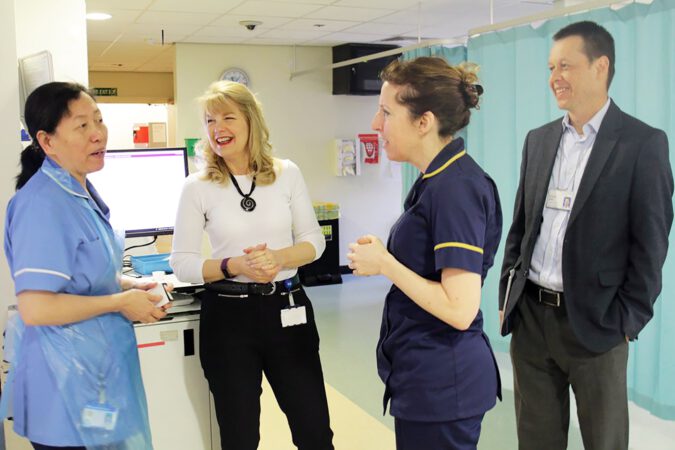
12 March 2021
1562
Granular Leadership – Leadership for a New Era
Read more
-

14 December 2020
732
It is going to take more than ‘team-building’
Read more
-

14 December 2020
682
Intrapreneurs – Empower Your Corporate Insurgents
Read more
-

27 October 2020
585
Aligning with Agility
Read more
-
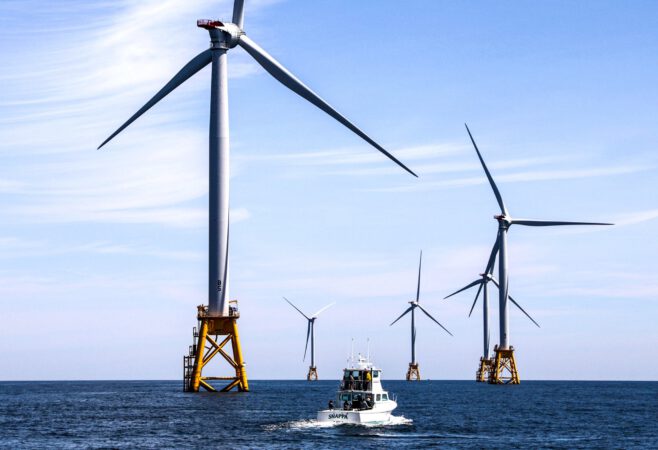
7 October 2019
575
How the Danes won wind farming – a lesson for us all
Read more
-
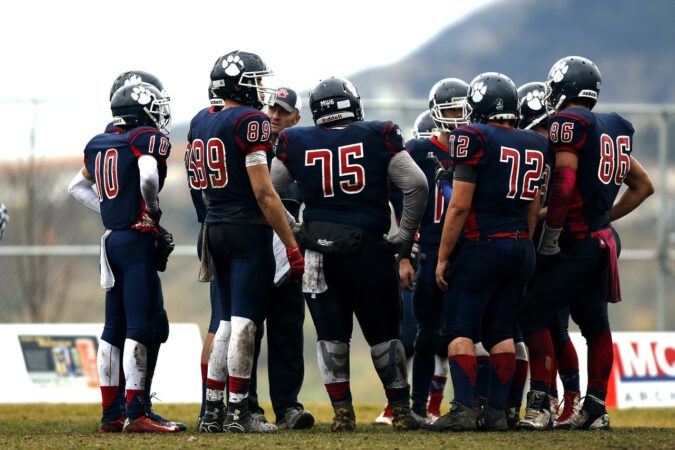
7 October 2019
551
Reflect first or plan first?
Read more
-

7 October 2019
534
The Plan as Gesture
Read more
-

7 October 2019
699
A cure for meetings madness?
Read more
-

7 October 2019
585
How we think: a metaphor for organisational change
Read more
-

7 October 2019
814
A tale of two villages – a lesson for making sense of the workplace
Read more
-

14 August 2019
616
Use Lean Coffee for great meetings
Read more
-

14 August 2019
1415
Wardley Maps – a powerful new framework for a platform world
Read more
-

1 August 2019
722
6 Lessons Learnt from an Award-Winning Business Transformation
Read more
-

20 August 2018
838
Business Agility – an inside job
Read more
-
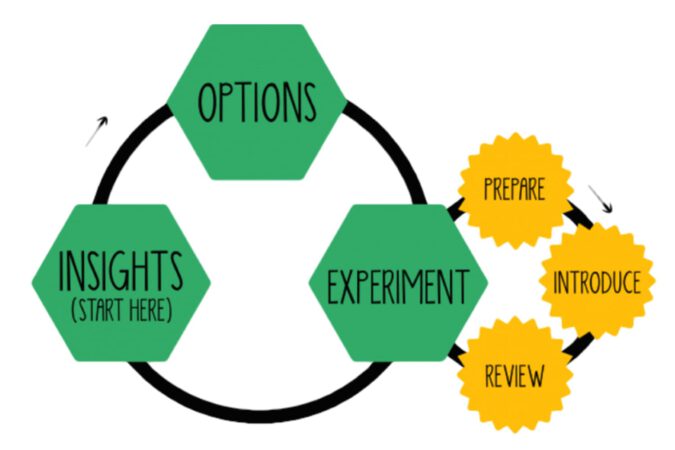
23 June 2018
1051
Lean Change Management – A New Approach For Introducing Changes
Read more
-

17 June 2018
1705
Managing in Complexity – interview with Dave Snowden
Read more
-
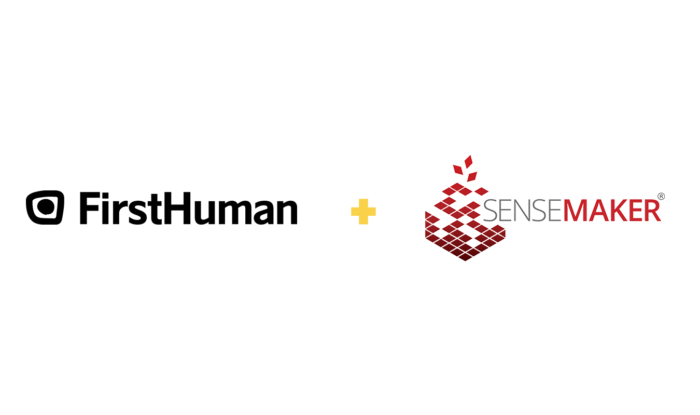
8 June 2018
945
Introducing SenseMaker for Culture Change
Read more
-

27 April 2018
1036
How 6 people designed and built a new global operation in 3 months
Read more
-
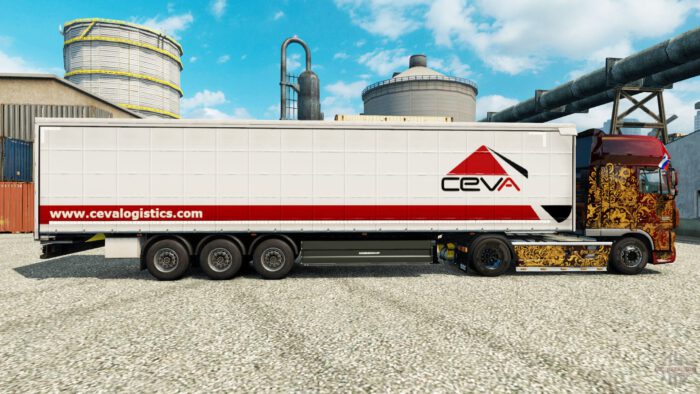
14 March 2018
1
Breakthrough Leadership @ CEVA Logistics
Read more
-
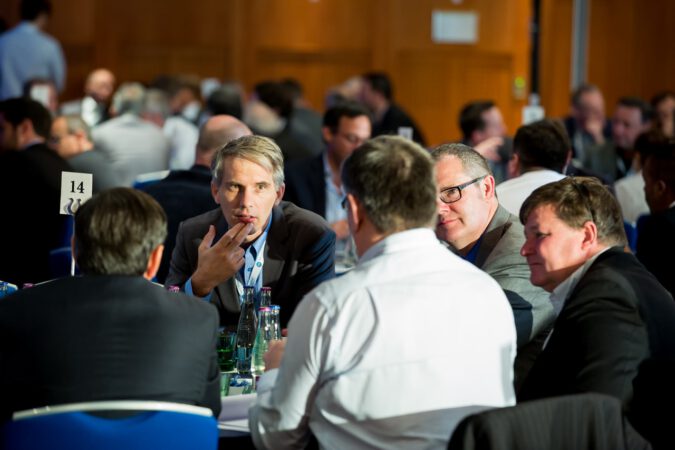
13 March 2018
1051
Successful collaboration requires effort, persistence and leadership
Read more
-
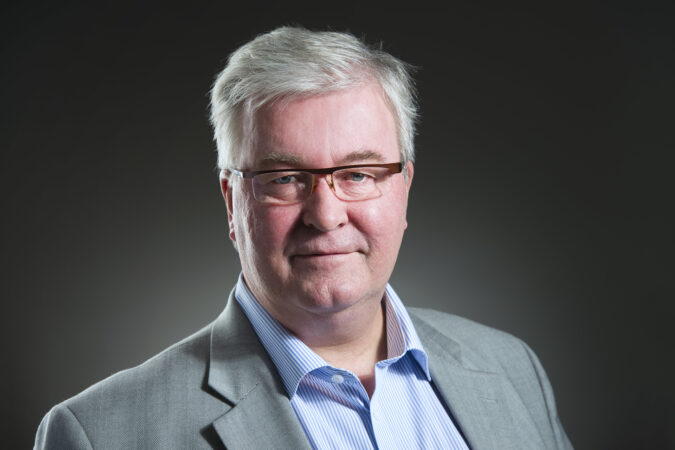
15 November 2016
762
“It takes courage to go into unchartered territory and look for really new solutions.”
Read more
-
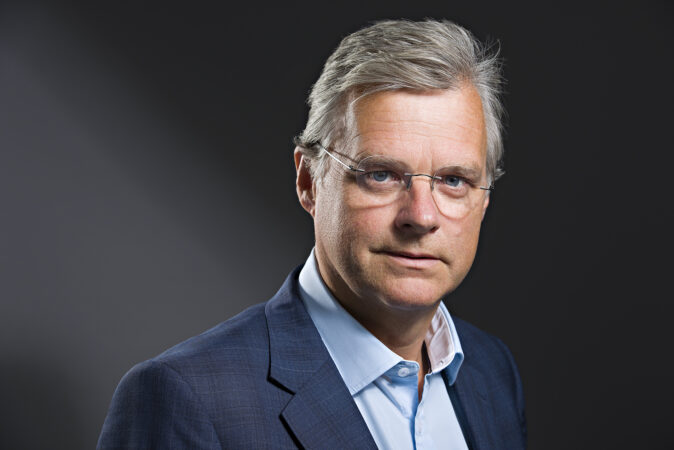
2 September 2015
925
“I want to make a difference to peoples’ lives”
Read more
